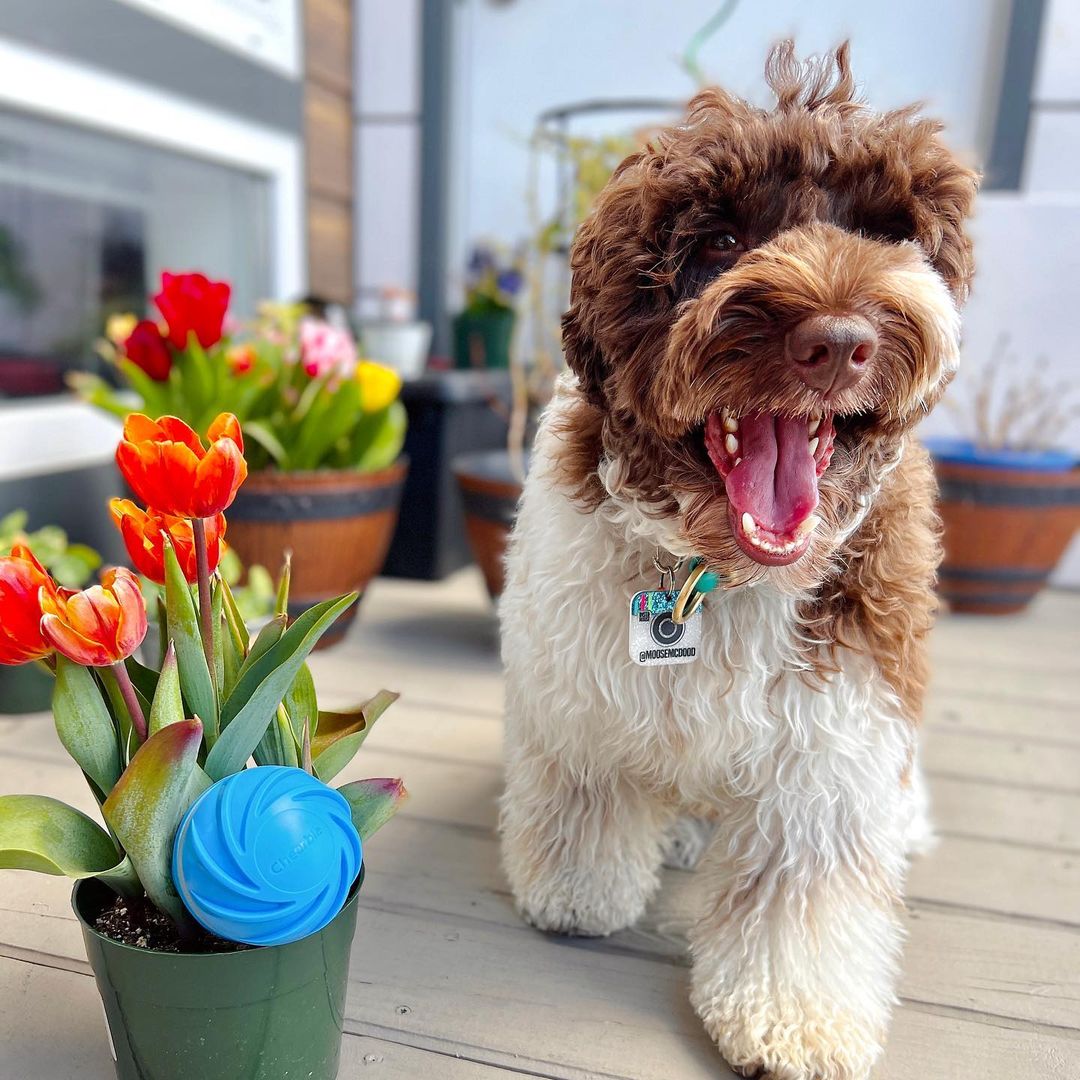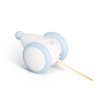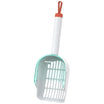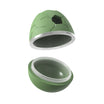It’s a gift to see your dog live into their senior years, but it does come with some extra considerations as you ensure they’re as healthy and happy as can be.
Dogs are considered seniors at different ages depending on their breed and size. Small dogs, for example, reach senior status at 11-12 years of age, medium-sized dogs at 10 years of age, and large-sized dogs at eight years of age. And if your dog is a giant breed, he or she will be considered a senior starting at the age of seven.
Of course, just because your dog is officially a senior doesn’t mean they’re going to suddenly start experiencing health issues. It does mean, however, that you’re going to want to keep an eye out for age-related issues and accommodate your pup as needed.
Below, we’re covering the basics of how to care for a senior dog, starting with some signs that your canine companion’s age is starting to catch up to them.

Common Problems of Older Dogs
Many dogs live perfectly healthy lives well into their senior years. At some point, though it’s likely that your dog will start to slow down, and they may also experience one or more of the health issues commonly faced by aging pups.
These include:
- Joint pain and stiffness
- Changes in appetite
- Obesity
- Loss of hearing or vision
- Cognitive decline
- Gastrointestinal issues
- Incontinence
More serious illnesses like cancer and acute or chronic kidney disease are also more prevalent in senior dogs.
If your dog starts to experience one or more of these health problems, a visit to the vet is definitely in order. They’ll be able to guide you on the next steps, such as available treatments or things you can do to make your dog more comfortable.
6 Tips on Caring for a Senior Dog
For the most part, caring for a senior dog simply means making a few key changes to keep them healthy, safe, and comfortable. Here’s where to start.
1. Keep Up the Exercise
Exercise is still important, even if your dog isn’t as high-energy as it used to be. Make sure your senior dog gets in plenty of movement each day, whether that’s indoor playtime, walks, or runs. And if your dog is suffering from joint issues, talk to your vet about appropriate exercises, such as swimming.
As always, follow your dog’s lead and don’t push them too far. It’s okay if your daily walks shorten, so long as your senior dog is still getting ample opportunity to stretch their legs and explore.

2. Make Some Diet Modifications
Senior dogs are more prone to obesity than their younger counterparts, and with that, related health complications like diabetes, heart disease, and osteoarthritis.
To prevent undue weight gain and keep your senior fit, many vets recommend cutting back your pup’s calories to account for less activity. There are a number of ways to do this, such as reducing the number (or type) of treats you give them or feeding them less at each meal. There are also senior-specific wet and dry foods that are specially designed to meet the nutritional needs of older dogs without packing on too many pounds.
3. Make Oral Health a Priority
As many as 89% of dogs have gum disease by their third birthday. And gum issues often worsen over time, with senior dogs experiencing the worst of associated issues like pain and infections.
What’s a concerned pet parent to do? Brush your dog’s teeth every day if possible, and provide chew toys made to massage and clean the gums, as well as a daily low-calorie dental treat. Your vet will check your dog’s teeth at every wellness visit too, and may recommend a deep cleaning under anesthesia.
4. Visit the Vet More Often
Speaking of wellness visits, your dog will need more of them as they age. Increasing the regularity of exams will allow your vet to identify issues at earlier stages than they might otherwise, particularly the types of issues that might not be obvious to the untrained eye.
Ideally, you’ll want to take your senior dog to the vet for a wellness visit every six months, with additional visits as needed for any issues that arise.

5. Keep Up with Preventatives and Vaccines
Now is definitely not the time to cool it on things like flea and tick preventatives, heartworm preventatives, and recommended vaccinations. In fact, you may even want to increase the frequency of flea/tick preventatives so that your dog is receiving year-round protection if you’ve only been giving it in months when these pests are most prominent.
In regards to vaccines, it’s possible your vet will suggest spacing out doses from once a year to once every three years, though it’s not a given. In any case, follow the routine set out for your pup, and try not to get behind on any must-have vaccinations.
6. Make a Few Changes At Home
There are several easy things you can do to keep your dog comfy in its home environment and make it easier for them to get around. Things like orthopedic dog beds, heating pads, and doggie stairs leading up to their favorite spot on the couch will all go a long way toward helping them maintain mobility and keep joint pain at bay – and all can be purchased affordably online or at your local pet supply store.
Remember, you know your dog better than anyone. If you suspect that something is wrong with your senior, call your vet and schedule an appointment. It’s always better to be safe than sorry, especially when it comes to your pup.





































Leave a comment
All comments are moderated before being published.
This site is protected by reCAPTCHA and the Google Privacy Policy and Terms of Service apply.